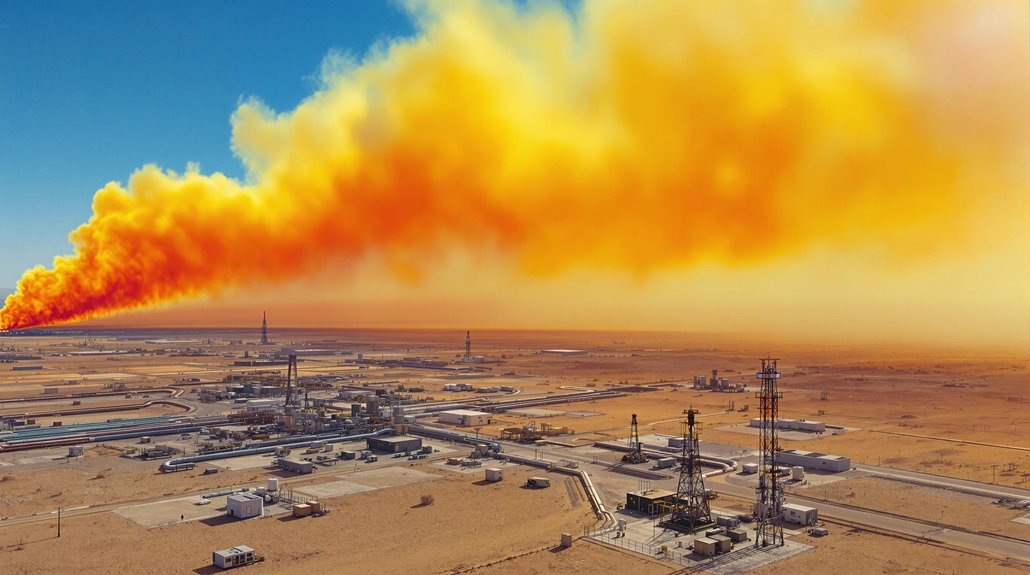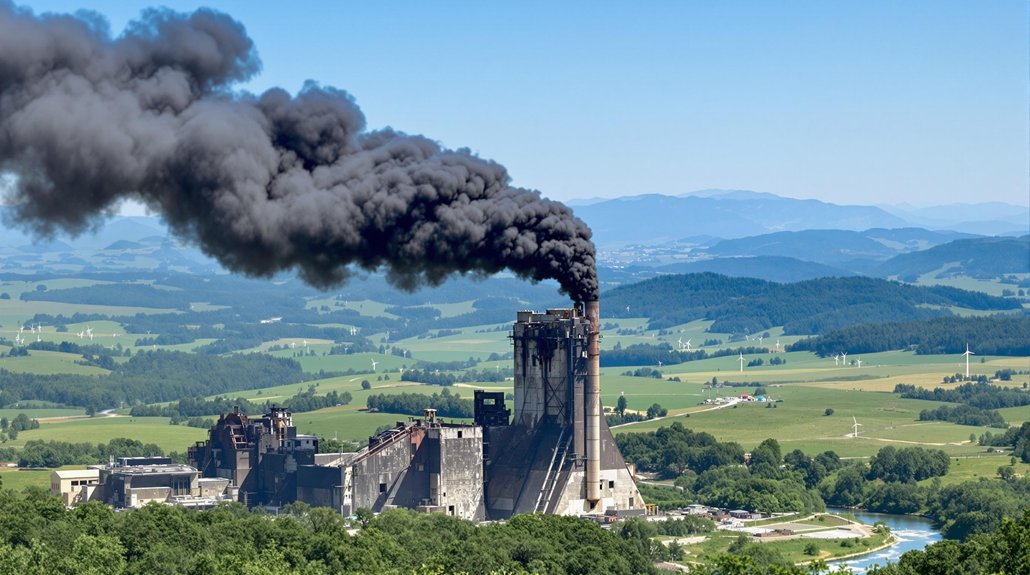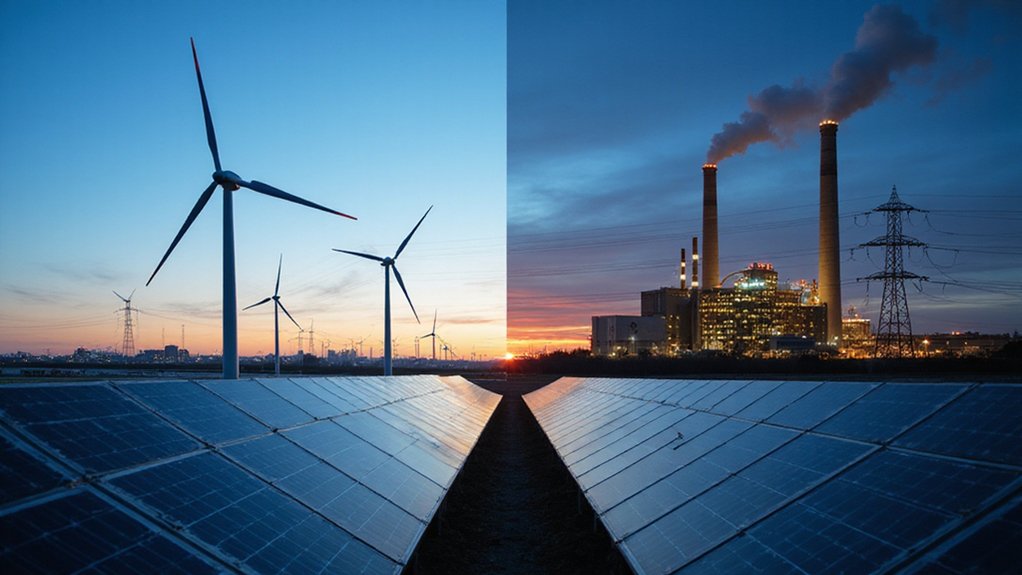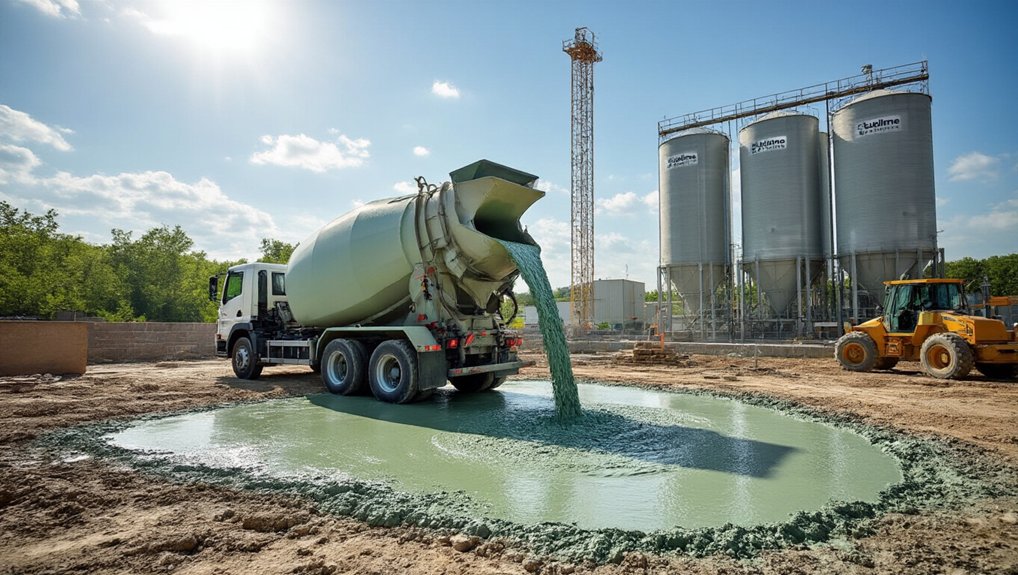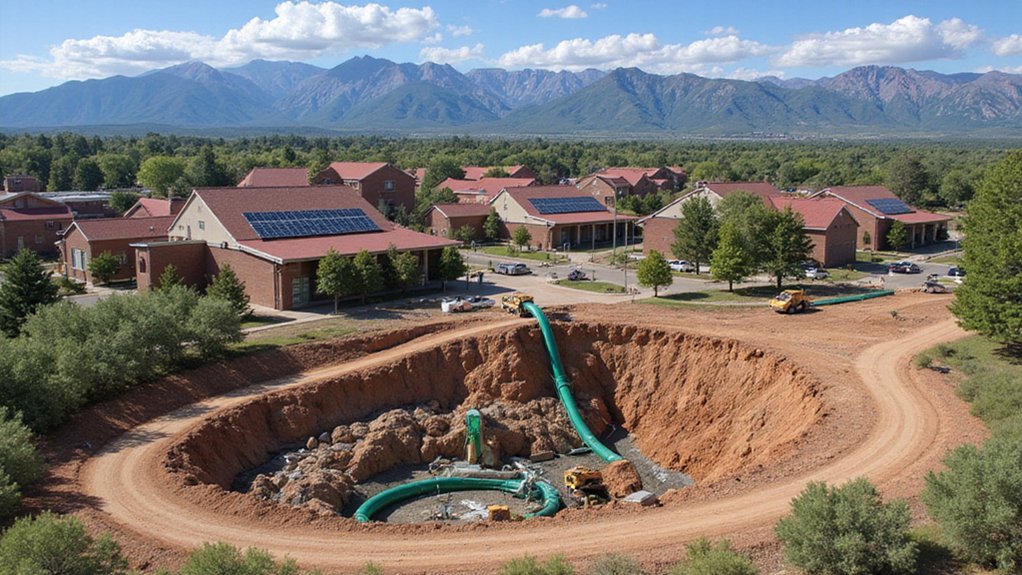The oil and gas industry’s methane emissions are a shocking 1.6% of production—eight times higher than their promised 0.2% target. That’s 82 million metric tons yearly, with U.S. operations leaking 860 tons hourly. Fancy that. Despite available technology capable of reducing 75% of these emissions, companies choose shareholder dividends over infrastructure maintenance. Half these reductions would cost nothing. New regulations and monitoring tech might finally force some accountability.
The reality stinks—literally. The oil and gas industry is belching out methane at an alarming rate, with emissions now proven to be eight times higher than their self-proclaimed targets. While companies boast about a 0.2% methane intensity goal, the actual emissions hover around 1.6% across major basins. That’s not just missing the mark—it’s living on a different planet.
The methane math doesn’t add up—industry promises 0.2% while pumping out 1.6% and pretending everything smells just fine.
New data reveals the industry emits a staggering 82 million metric tons of methane yearly. That’s 7.5 million tons from U.S. operations alone, or about 860 tons every hour. Not exactly pocket change. These emissions are four times higher than EPA estimates, which shouldn’t surprise anyone familiar with the industry’s creative accounting.
The financial implications? A cool billion dollars in commercial value literally vanishing into thin air annually. Add $9.3 billion in social costs from climate impacts, and suddenly those quarterly profits don’t look so impressive.
Yet ironically, the International Energy Agency estimates 75% of these emissions could be slashed using existing technology, with half the reductions available at zero net cost. Guess that’s not exciting enough for shareholder meetings.
Regional variations tell a revealing story. Gas-dominant basins like Appalachian and Haynesville leak at roughly 1%, while oil-dominant areas like the Permian and Bakken lose about 2%. The worst offenders? Mature basins with aging infrastructure, where leakage rates exceed 7%. Because who needs maintenance when there’s dividends to pay?
The regulatory landscape is finally catching up. The Global Methane Pledge aims for 30% reduction by 2030, while the U.S. Inflation Reduction Act includes a methane fee expected to cost producers over $1 billion in 2024 alone. The Biden-Harris administration recently finalized new EPA rules targeting these emissions with cost-effective solutions. This aligns with broader efforts to transform the power sector, which contributes 25% of U.S. greenhouse gases. National Oil Companies produce about half the world’s oil and gas, making their participation crucial for meaningful emissions reduction.
Meanwhile, new monitoring technologies like MethaneAIR and MethaneSAT are making it harder to hide emissions.
Fifty companies representing 40% of global production have committed to the 0.2% target. Now they just need to figure out how to actually achieve it.
